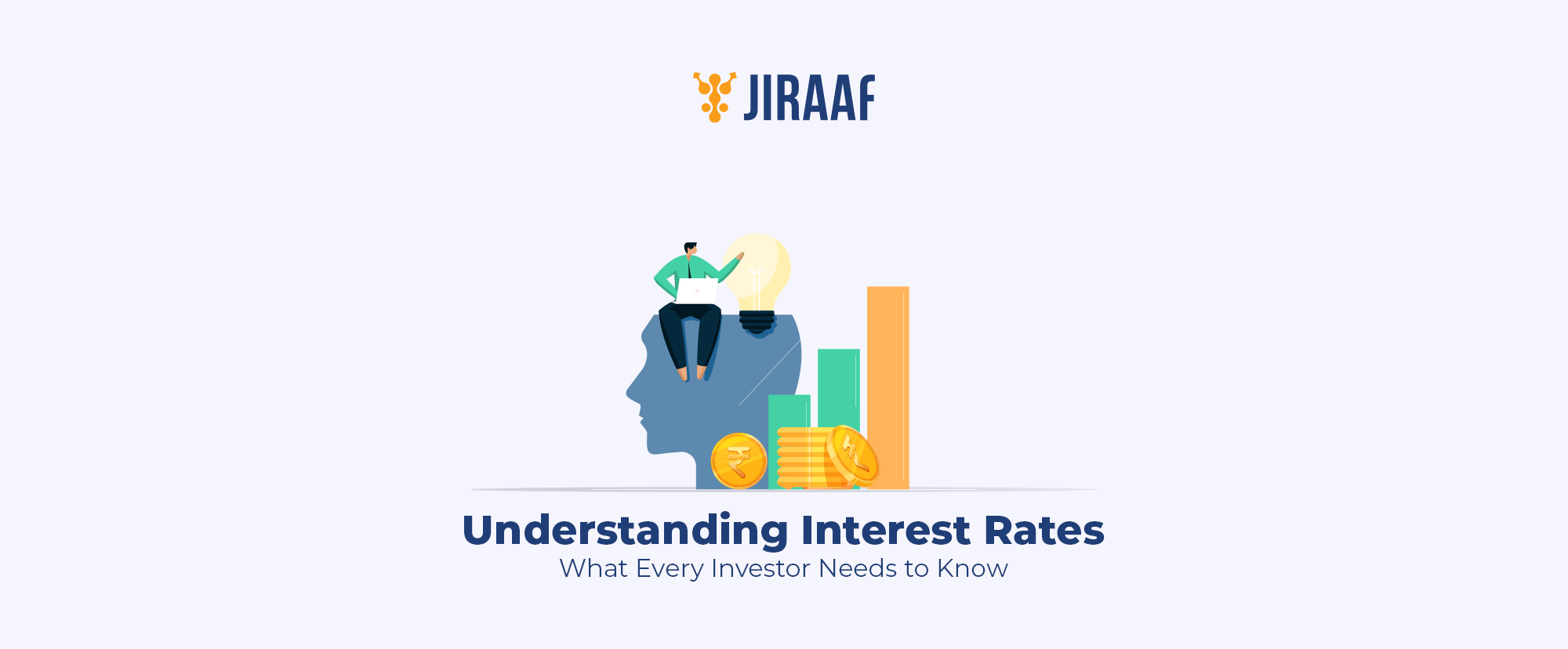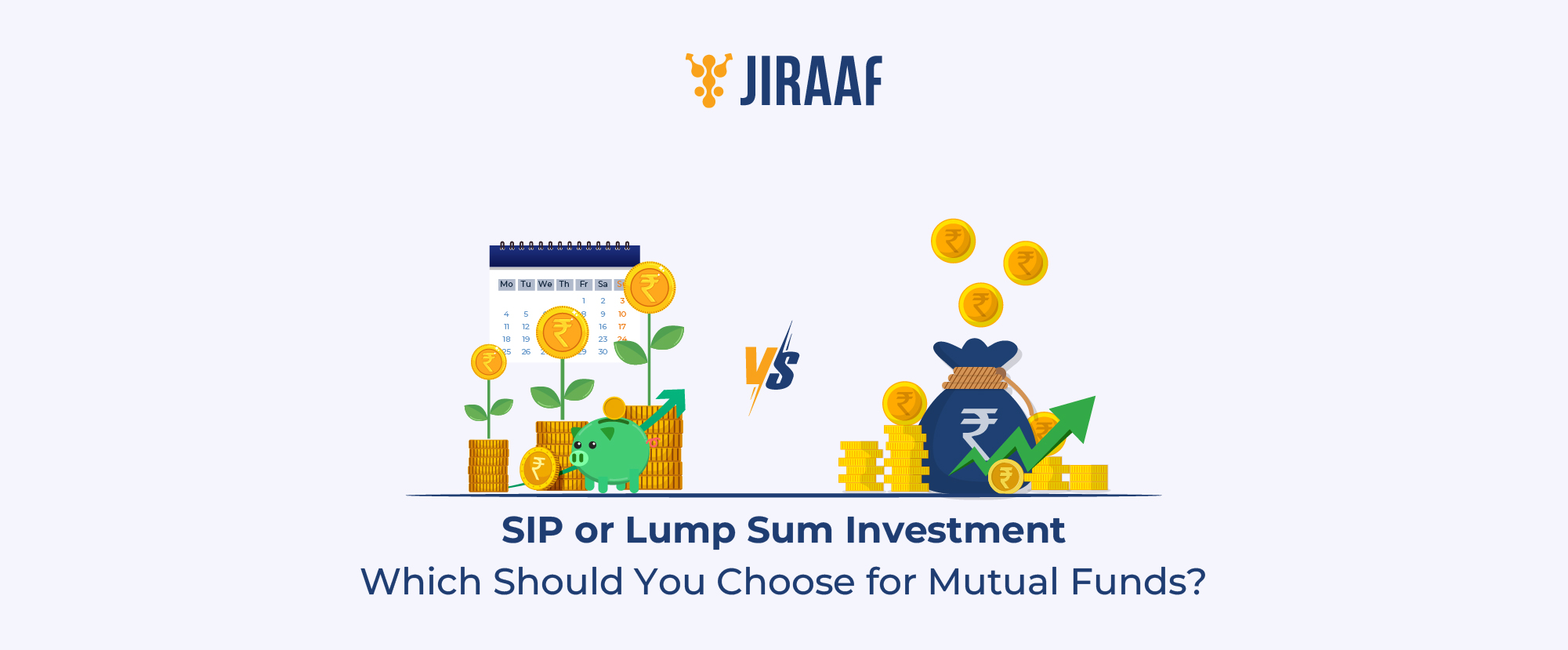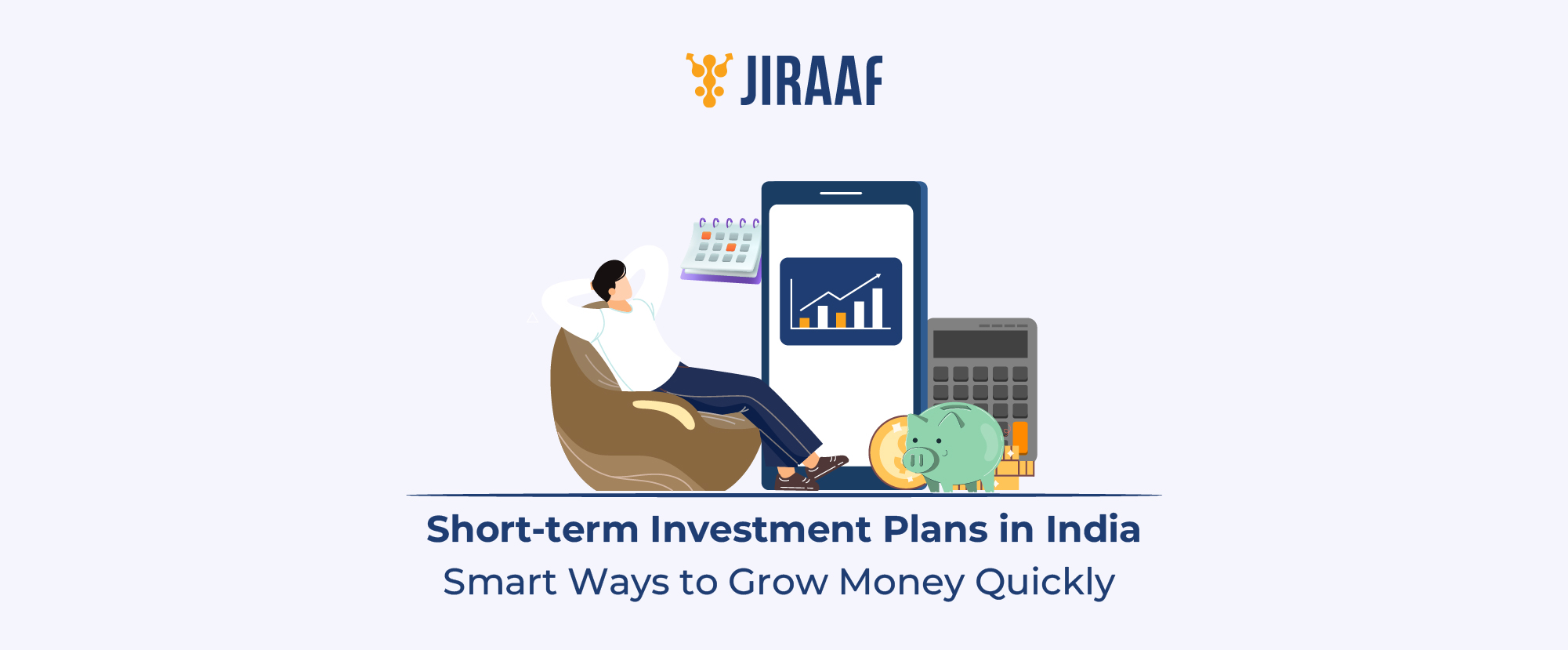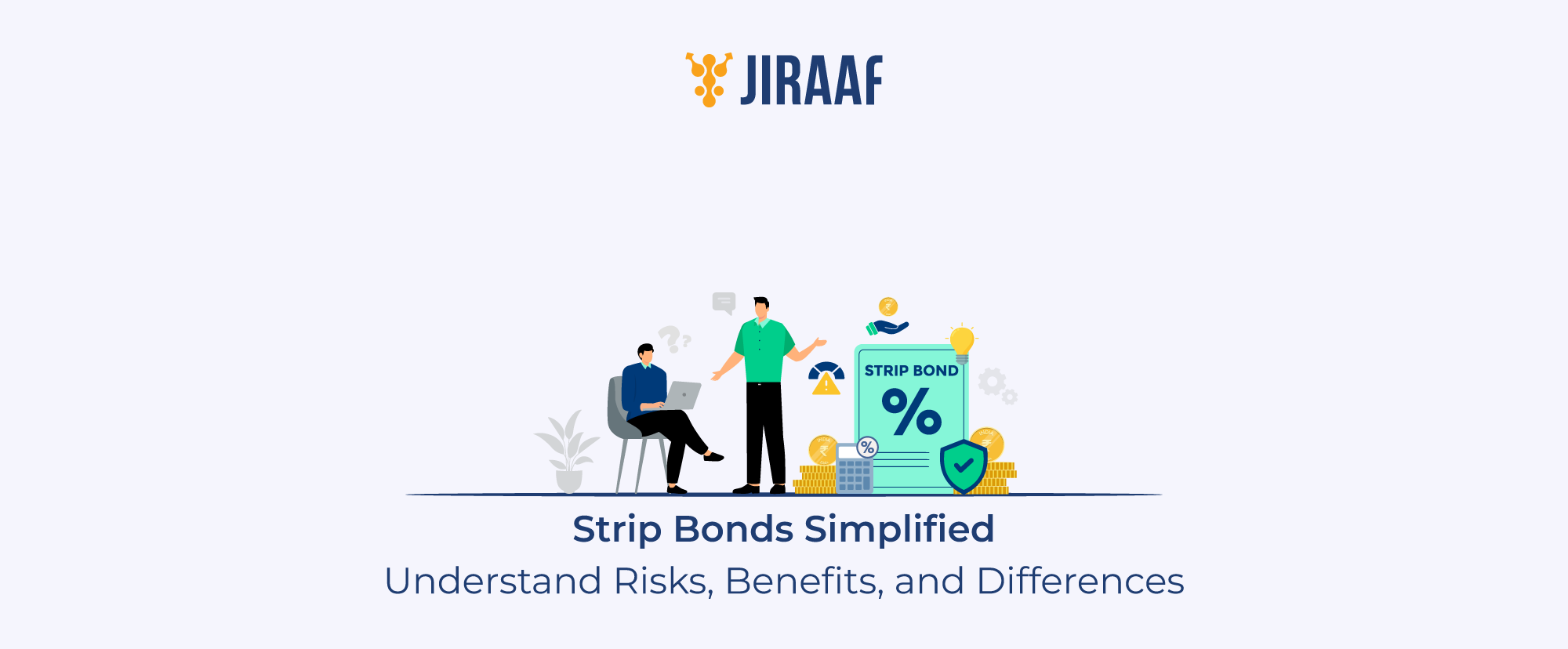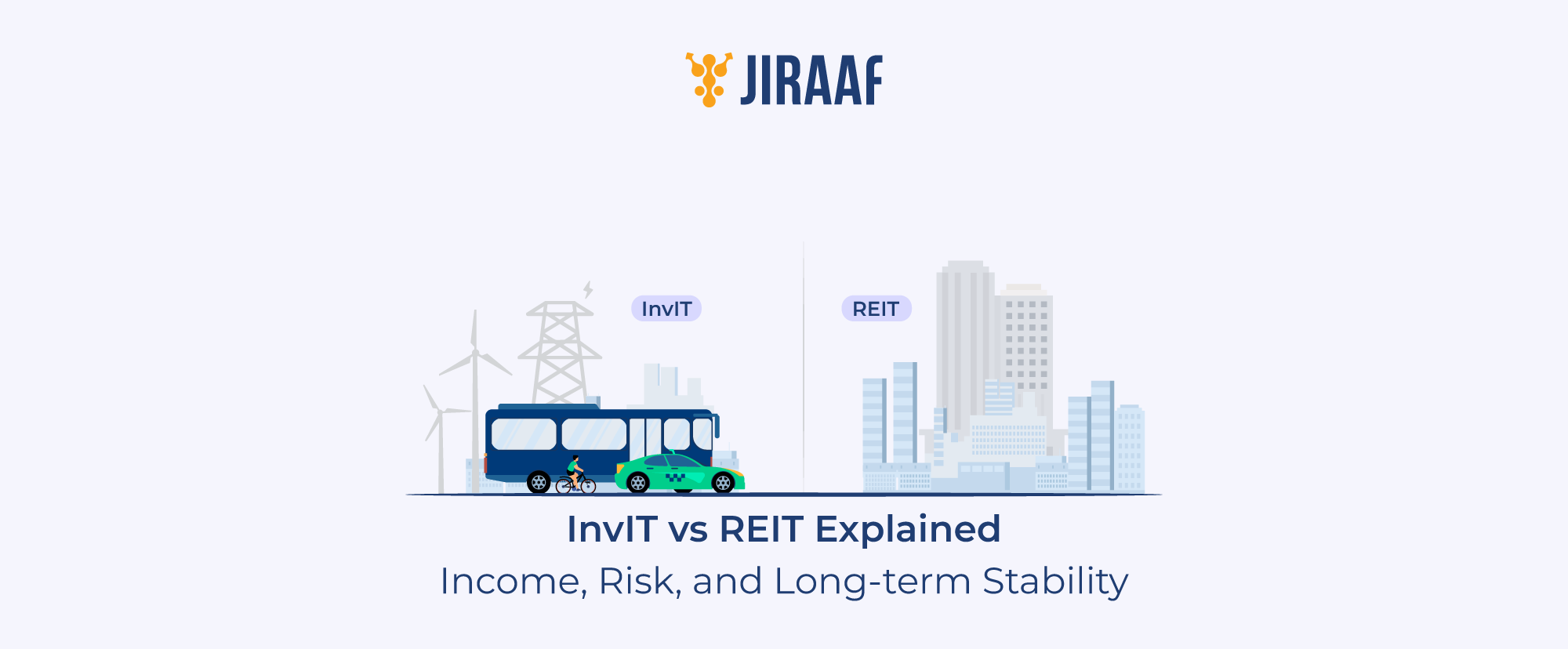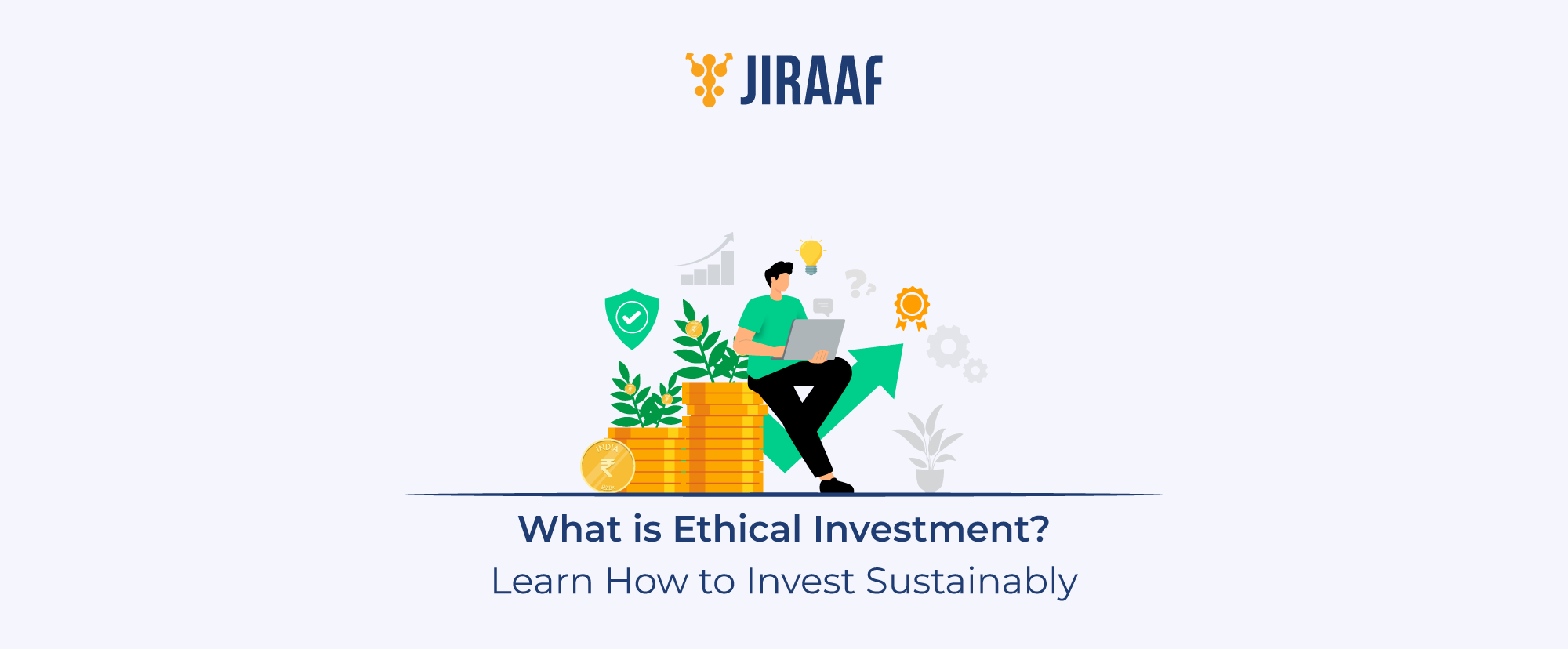Have you ever felt lost in a maze of financial terms like yield, return, and coupon rate? If so, you’re not alone. Understanding these concepts can seem daunting, but it doesn’t have to be. At its core, interest is the cost of borrowing money or the compensation for lending it.
However, related terms like yield and return can be confusing and are often misunderstood, which can lead to costly errors. This article will simplify some of these jargons, helping you confidently navigate the world of finance.
What is Interest?
Interest is the fee paid for borrowing money or the reward for saving or investing it. For instance, when you take out a loan, you repay the principal plus interest (the lender’s fee). When you save or invest, interest is what you earn for allowing others to use your money. Over time, interest influences both borrowing costs and the growth of your savings or investments.
Three Types of Interests
Interest is a fundamental concept in finance and investing that reflects the cost of borrowing money or the reward for lending or investing it. Whether you’re taking out a loan or putting your money in a savings account, understanding how interest works is crucial for making informed financial decisions. There are three main types of interest. Let’s explore these.
1. Simple Interest:
Simple Interest is calculated on the original amount (principal) of a loan or investment, not on the interest earned over time. Simple interest is often used in personal loans, auto loans, or short-term loans.
Formula: Simple Interest (SI) = P × R × T / 100
- P = Principal (the original amount)
- R = Rate of interest per year
- T = Time (in years)
Example:
If you take a personal loan of ₹50,000 at a 10% annual interest rate for 3 years
SI= 50,000×10×3/100 = 15,000
Total amount to be repaid = ₹50,000 (principal) + ₹15,000 (interest) = ₹65,000
2. Compound Interest:
Compound Interest is calculated on both the principal and interest already earned or added to the principal. This leads to interest accumulating faster over time as you earn interest on interest. It is generally used In savings accounts, compound interest helps your balance grow faster since interest is added periodically (daily, monthly, or yearly), and each new balance earns interest.
Formula:
Compound Interest (CI) = P (1 + R / 100)T − P
- P = Principal
- R = Rate of interest per year
- T = Time (in years)
Example:
If you invest ₹50,000 at a 10% annual interest rate compounded yearly for 3 years:
A=50,000 (1+10/100)3 = 66,550
Compound Interest (CI) = ₹66,550 – ₹50,000 = ₹16,550
Total amount after 3 years = ₹66,550
3. Accrued Interest:
Accrued interest is the interest that has accumulated over time but hasn’t been paid yet. This is important in bonds and mortgages where interest accrues between payment periods. In bonds, accrued interest is the amount of interest earned by the bondholders but not yet received, particularly when a bond is sold before the interest payment date. In mortgages, accrued interest refers to the unpaid interest that builds up between payment periods.
Formula:
Accrued Interest = P × R × T/ 100 × N
- P = Principal (face value of the bond)
- R = Annual interest rate
- T = Time elapsed (in months)
- N = Number of months in the payment period
Example: Say you hold a bond with a face value of ₹1,00,000 with an associated annual interest rate of 6%, and the interest is paid semi-annually. However, you decide to sell the bond after six months, the accrued interest can be calculated as follows
accrued Interest 1,00,000 × 6 × 6 / 100 × 12 = 3,000
This ₹3,000 would be added to the sale price of the bond as interest earned.
Types of Interest Rates:
Interest rates play a vital role in finance, affecting everything from loans and savings to investments in bonds. Here’s a brief overview of the different types of interest rates:
Simple Interest Rate
Simple interest rate is a fixed rate based solely on the principal amount, providing a fixed return that does not change regardless of how long the money is invested or borrowed.
Compound Interest Rate
Compound interest rate is considered not only the principal but also any interest that has been previously earned, allowing the interest to accumulate and grow at a faster rate.
Fixed Interest Rate
A fixed interest rate is a constant rate that does not change throughout the life of a loan or investment, meaning your interest payments remain the same regardless of market fluctuations. This type of interest rate provides predictability and stability, making it ideal for long-term financial planning, as borrowers or investors know exactly how much they will owe or earn.
Example: If you borrow ₹1,00,000 at a fixed interest rate of 8% for 5 years, your interest payment will always be ₹8,000 per year, even if market interest rates rise or fall.
Floating Interest Rate
In India, a floating interest rate is a variable interest rate on loans that changes periodically based on fluctuations in a benchmark rate, such as the Reserve Bank of India’s (RBI) repo rate or the Marginal Cost of Funds-Based Lending Rate (MCLR). This means that the interest you pay can go up or down over time, depending on market conditions and the benchmark rate set by financial institutions.
Example: If you take a home loan of ₹50 lakhs at a floating interest rate of 8% linked to the RBI’s repo rate, and the repo rate decreases by 0.5%, your interest rate could drop to 7.5%, lowering your Equated Monthly Instalments (EMIs). Conversely, if the repo rate increases by 0.25%, your interest rate could rise to 8.25%, increasing your monthly payments. This dynamic nature can benefit borrowers when rates decrease but also poses a risk if interest rates rise.
Coupon Rate
If you’ve ever invested (or considered investing) in bonds, you would have come across the term “coupon”. The coupon for a bond is nothing but the interest a bond issuer pays an investor on the face value of the bond.
What is “face value”?
Well, face value is the price of the bond set by the issuer. So, for a bond of face value 100 and coupon 7% p.a, you, as an investor will get Rs. 7 every year as interest.
But the coupon is calculated on “face value”. The actual market price of the bond could be different, depending on demand-supply and market volatility. So essentially, the return on investment (ROI) that you make on a bond will be different from the coupon. Let’s see what that is!
Yield Rate
Just like stocks, bonds have a face value (determined by the bond issuer) and a market value (which is determined by the demand and supply in the market).
Now, let’s take the above example of a 100-Rupees bond with a 7% coupon. Now say that the demand for this bond is high, and people are willing to pay Rs. 105 for the same bond. You, therefore, buy it for Rs. 105.
But here’s the thing – the coupon for a bond is fixed and does not change. So Rs. 7 is the interest you receive but on your investment of Rs. 105.
This makes your effective ROI not 7% but (7/105) = 6.67%. That is your bond’s yield.
Discount Rate
The interest rate used to determine the present value of future cash flows is called discount rate. This can be understood better with a simple example.
Imagine a scenario where you invest Rs 1000 in two different investments – Option A & Option B, both are let us say debt instruments.
Option A repays Rs 200 every year for 10 years, while Option B repays Rs 300 every year for 5 years. You want to discount both these investments at 10% assuming that is the needed annual return you typically want in your investments.
How are Interest Rates Determined?
- Monetary Policy: The Reserve Bank of India (RBI) plays a crucial role in determining the interest rates through its monetary policy. The RBI sets the repo rate, which is the rate at which it lends money to commercial banks. Changes in the repo rate influence the interest rates that banks charge their customers. For instance, if the RBI raises the repo rate, banks may increase their lending rates, and vice versa.
- Economic Factors: The overall state of the economy also impacts interest rates. In a growing economy with rising demand, interest rates might increase to prevent overexpansion and control inflation. In a slowing economy, lower interest rates might be used to encourage borrowing and investment.
- Banking Sector Liquidity: The liquidity position of banks influences their interest rates. If banks have ample liquidity, they might offer lower interest rates on loans. If liquidity is tight, banks may raise interest rates to attract deposits and manage their liquidity needs.
- Government Policies: Fiscal policies and government borrowing can affect interest rates. Large government borrowings can lead to higher interest rates as the government competes with private sector borrowers for funds.
- Global Factors: International economic conditions and global interest rates can influence domestic rates. For example, if interest rates in major economies like the U.S. rise, it can affect capital flows and impact domestic interest rates in India.
How to Choose the Right Interest Type
Choosing the right type of interest rate can significantly impact your financial decisions, whether you’re taking out a loan or investing. Here’s how individuals can make the choice.
Understand your Financial Goals:
Determine if you prefer predictable payments or if you’re comfortable with potential rate fluctuations. Fixed interest rates offer stability, while floating rates can be advantageous if you expect rates to decrease.
Assess Your Risk Tolerance:
- Fixed Interest Rate: Fixed rates provide stability and predictability in payments or returns. It’s ideal if you prefer knowing exactly how much you’ll pay or earn over time. It’s beneficial if you want to avoid risks associated with rate fluctuations.
- Floating Interest Rate: Floating rate offers lower rates initially but comes with the risk of increases. This might be suitable for you if you are open to handle potential rate hikes.
Evaluate Market Conditions:
- Current Interest Rates: Compare current market rates to historical trends. If rates are high, a fixed rate might be preferable. If rates are low or expected to fall, a floating rate might offer savings.
- Economic Forecasts: Review economic predictions to understand whether interest rates are likely to rise or fall. This can help you decide between fixed and floating rates.
Consider the Loan or Investment Duration:
- Short-Term: For short-term loans or investments, the difference between fixed and floating rates might be less significant. A floating rate could offer savings if rates are expected to drop.
- Long-Term: For long-term commitments, a fixed rate provides certainty and protection against future rate increases.
Compare Costs and Benefits:
- Fixed Rates: Fixed rates typically come with higher initial rates but offer the benefit of consistent payments. They are ideal for budgeting and long-term stability.
- Floating Rates: These rates often start lower but can increase, leading to potentially higher costs over time. They are suitable for you if you have tolerance for uncertainty and can manage fluctuations.
Is It in the Investor’s Hand to Choose the Type of Interest Rate?
- For Loans: Borrowers can often choose between fixed and floating rates depending on what lenders offer. The choice typically depends on the lender’s products and terms, as well as the borrower’s preferences.
- For Investments: Investors generally have more control. They can choose investments that offer fixed returns (like fixed deposits or bonds) or those with variable returns (like stocks or mutual funds). The choice depends on their investment goals, risk tolerance, and market conditions.
Final Takeaway: Types of Interest Rates
Choosing the right interest type involves evaluating your financial goals, risk tolerance, market conditions, and the duration of the loan or investment. While borrowers may have limited options based on what lenders offer, investors often have the flexibility to select interest types that align with financial strategy and objectives. By carefully assessing these factors, you can make informed decisions that best suit your financial needs and enhance your investment outcomes.
